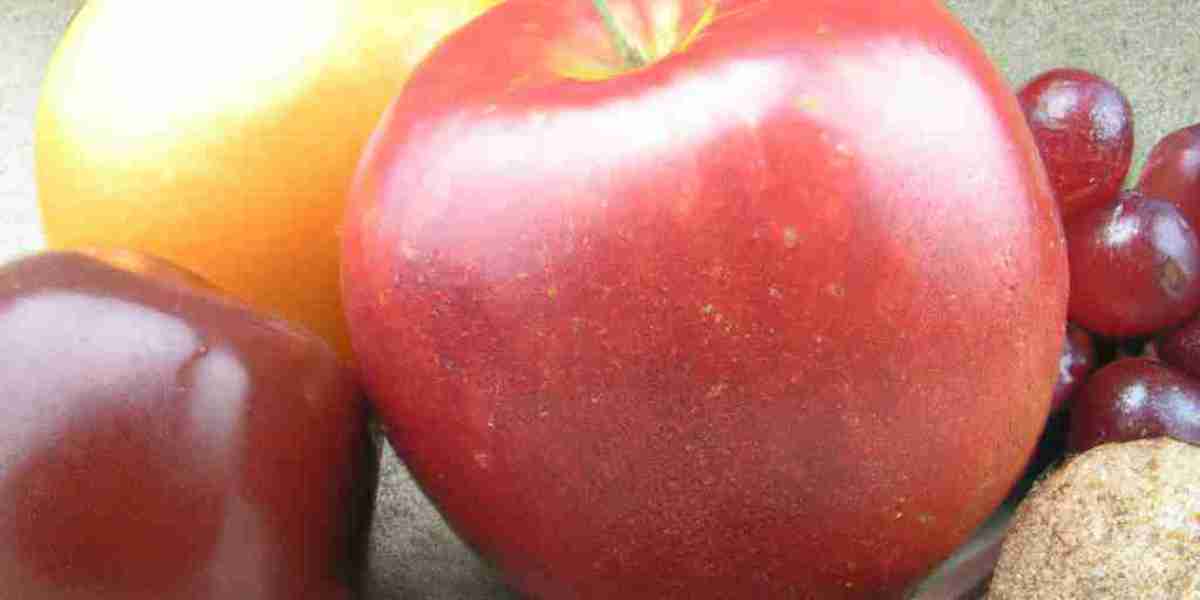The Quality of Food 100 Years Ago
In today's fast-paced world, we often take the quality and availability of our food for granted. But what was the quality of food like 100 years ago? Let's take a trip back in time and explore the culinary landscape of a bygone era.
100 years ago, the quality of food was vastly different from what we experience today. Back then, food production was largely dependent on traditional farming methods, with an emphasis on locally sourced, seasonal ingredients. Most people grew their own produce or purchased it directly from local farmers and markets. This meant that the food was fresher and less processed compared to today's standards.
The lack of modern transportation and preservation techniques also meant that the food had a shorter shelf life. Unlike today, where we can enjoy fruits and vegetables year-round, 100 years ago, these items were only available during their respective harvest seasons. People had to make the most of what they had and often relied on canning, fermenting, or drying methods to preserve food for the winter months. This led to a greater appreciation of seasonal produce and an understanding of nature's cycles.
Another significant difference was the absence of synthetic pesticides and fertilizers. Food was grown using natural farming methods, which meant fewer chemicals in the soil and on the crops. This, in turn, had a positive impact on the nutritional value and overall quality of the food. Additionally, livestock were raised in a more natural environment, with fewer antibiotics and growth hormones being used. As a result, the meat and dairy products were often healthier and more flavorsome.
However, it's important to note that technological advancements in the last century have greatly improved food quality and accessibility. Modern agricultural practices have made it possible to produce larger quantities of food, meet the demands of a growing population, and reduce the risk of food shortages. The application of pesticides and fertilizers has helped control pests and increase crop yields. Food processing techniques and advancements in refrigeration have extended the shelf life of products, allowing us to enjoy a wider variety of food year-round.
In conclusion, the quality of food 100 years ago was different but not necessarily inferior to what we have today. Despite the lack of modern conveniences, people had a deeper connection to the food they consumed, appreciating its seasonality and natural production methods. However, advancements in technology and farming practices have undoubtedly improved the quality and availability of food, ensuring that we can enjoy a diverse and abundant food supply.







